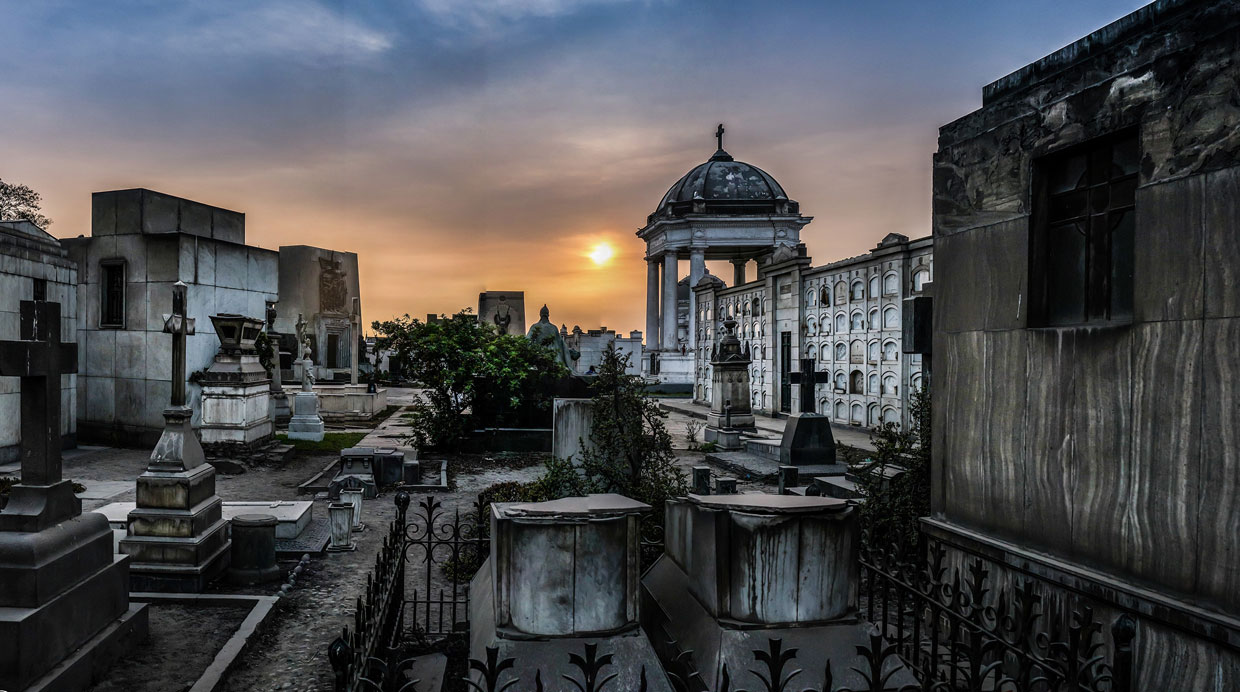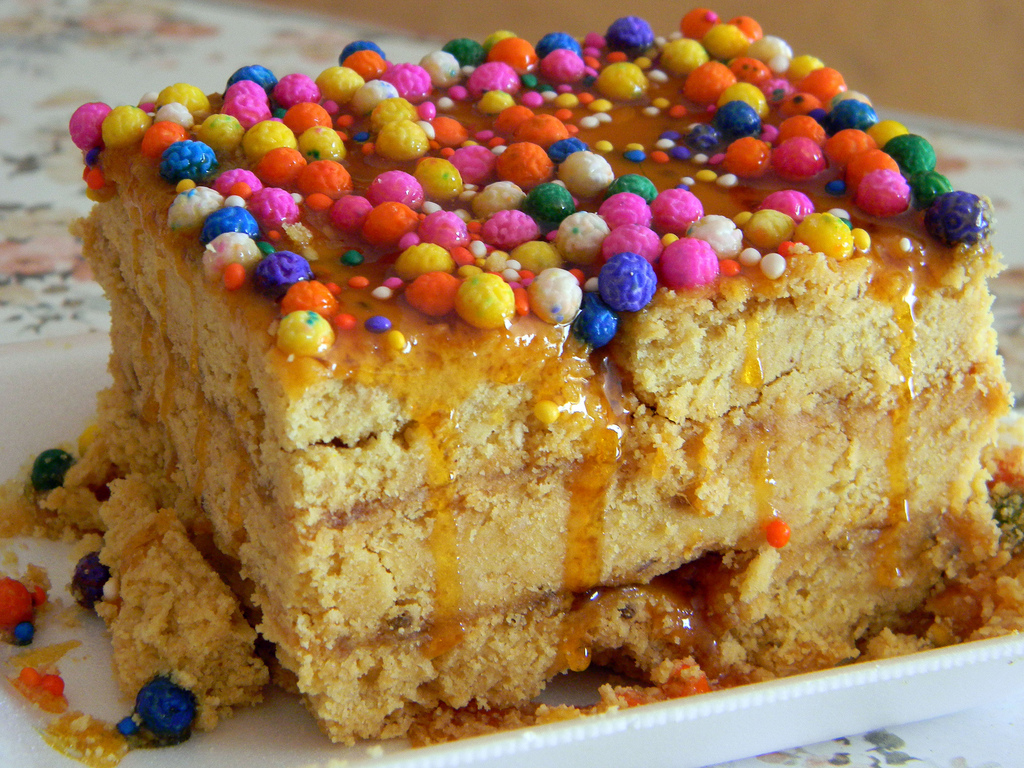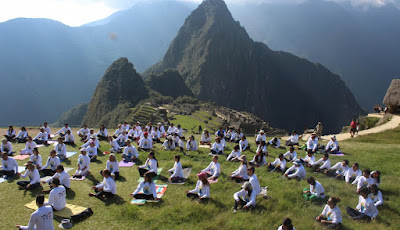Peruvians, especially among the Andean towns, receive November with the celebrations of
"All Saints" (November 1th) and "Day of the Dead" ( November 2nd).
In those days one of the most traditional breads consumed is the “Tantawawa”,
TANTA = bread
WAWA= baby
which in the Andean tradition has a very important meaning at the moment of do offerings to dead people. According to historian Martin Romero, the offerings made to dead people with breads have its beginning in Egyptian culture, Mesopotamia and Spain. Later, it arrived to Peru between 1570 and 1650, period in which the Catholic religion enforces its religious doctrine on Andean and Inca culture.
 |
| Tantawawa is a type of sweet bread shaped and decorated in the form of a small child or infant. |
The Tantawawa represents the origin; the being who is born and the tasting, symbolise the decline because for the Andean culture the death is the continuation of life, and a way to be related with dead people is through offerings.

Hundreds of people go to the markets to buy varieties of sweet breads to give as an offering to the deceased in the cemeteries.
These pieces of art are the reason for social celebration and festivities. As an example of that, this year in the region of Junin staff from the provincial municipality, prepared the largest TantaWawa in Peru, traditional Andean bread in the shape of a doll, prepared with wheat flour, maca and other ingredients native to the area, which was baptized with the name of "Shimona".
The huge bread, which measures 10 meters long by 2.50 wide was presented by Mayor Percy Chagua Huaranga in the main square of the city of Junín, department of the same name, gathering more than thousand of people in the event.
After the presentation, the mayor of the province personally took charge of distributing the Tantawawa to the entire population and visitors who gathered at the Plaza de Armas in the city of Junín.
The organizers expressed that this custom is made in homage to the deceased who fought in the battle of Junín and also by the citizens who exercised different positions for the progress of the province of Junín.
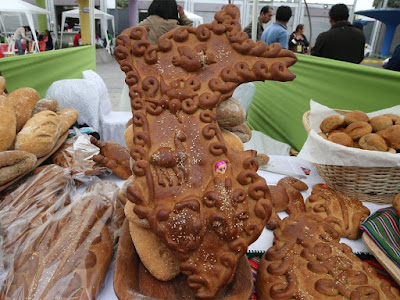
Its cost varies between S/1.00 and S/4.00 depending on the size and the inputs of the loaves. You can also find this delicacies at Mistura this week and in the principal streets around Lima, don't be afraid and give it a try!
By: GringoPeru
 |
| A very well know dessert that has conquered the hearts of thousands with its original and unique taste. |
Turron Doña Pepa (Mrs. Pepa's nougat) is a traditional Peruvian sweet that is consumed mostly in October because of its close relationship with the celebration of the Lord of the Miracles, the world's largest procession, according to the Vatican. In Peru, especially Lima, October is the purple month and the month of turrones.
The exact origin of this dessert is still unknown, but here we share the most popular stories: (you can also watch the video)
1. The Miracle

The most popular or beloved story by all Peruvians, is Josefa Marmanillo, as well known as "Doña Pepa", a slave from the Cañete valley (colonial times) that stood out as a good cook. Due to some health problems, she began to feel a paralysis in the joints that prevented her from performing her daily tasks. Hearing the rumors of the miracles of the Christ of Pachacamilla, she decides to travel from her native Cañete to Lima. Her faith and devotion was so immense that she recovered from the evils that tormented her. As a token of her appreciation she traveled from Cañete to Lima just to accompany her divine patron. Nevertheless, she wanted to offer him a present as a token of her gratitude. Therefore, when she was in the procession she noticed everything that involves the festival as the group of sahumadoras (woman who carries a perfume in braziers or pebeteros during the religious processions and its task is to sahumar, that is to say "to give aromatic smoke to something in order to purify it or that it smells good") with purple habit as the group of singers. In addition, of the shippers of each team dressed in full suit and above this attire, the habit with insignia. However, what most drew her attention was the suppliers that were located in the surroundings where the procession passed, they offered the classic anticuchos, picarones, choclos, choncholíes, rice with milk, purple mazamorra, emollient and picarones with its particular honey (all Peruvian desserts). In that moment, when she saw the food and the desserts, she decided to thank her Lord with a new Peruvian sweet prepared by her. Thus, to the next exit of the divine image she took her nougat and offered it to the parishioners as a sign of her gratitude to the Lord of Miracles. From there, the nougat of Josefa was spread and baptized as it is known in our time: "Turrón de Doña Pepa".
2. The Contest
Another popular story talks about a contest arranged by a Viceroy looking for a tasty
and nutritious sweet that could be preserved for several days without losing
its flavor. Marmanillo was the winner of that event so, her nickname 'Doña Pepa'
was associated with dessert.
3. The cook
This one refers to "a brunette cook" married to a man named Cobos, former employee of the Public Beneficence. Her real name would have been Josefa and she was a specialist in preparing snacks. She also had the ability to make drinks and desserts. Josefa immortalized her name with an original nougat made of wheat flour, butter, egg and honey.
There are several stories behind this delicious dessert, we choose the best known to share with you. No matter when or who was the original creator, the mystery of its origin only enhances the popularity of this traditional dessert.
Written by: GringoPeru
A large number of people gathered at the Archaeological Park of Machu Picchu to perform a series of yoga sessions as part of International Day of Yoga celebrations last June 19th.
The event was organised by the Embassy of India. The ambassador, Sandeep Chakravorty, came to the Inca sanctuary and express his gratefulness to the Minister of Culture, Salvador del Solar, for allowing them to practice yoga in Machu Picchu.
"In Peru there is a lot of fascination and practice for Yoga. We are taking advantage of the union of two very beautiful things, Machu Picchu and Yoga," said the ambassador to newspaper El Comercio.
International Day of Yoga is also called as the World Yoga Day. United Nations General Assembly has declared 21st of June as an International Yoga Day on 11th of December in 2014. The very first World Day was celebrated all around the world, with great enthusiasm in spite of hostile weather conditions in different parts of the world.
Pictures credit: Marca Peru / El Comercio
Translation/ Written by: GringoPeru
Every June 7th, the "Flag Day" is celebrated in honour of the Battle of Arica (1880), in which approximately 1,900 men defended the patriotic territory commanded by Colonel Francisco Bolognesi.
Every June 7, the country remembers the resistance of the Peruvian forces and the defence of the Morro de Arica, which occurred in 1880, as part of the War of the Pacific (1879-1883). Colonel Francisco Bolognesi and Alfonso Ugarte participated in the battle, but also more than 1,800 soldiers who fought against the Chilean army to defend the national territory. For this historic event is celebrated every year Flag Day.
The War had entered a new period. After the naval combats at Punta Angamos, Punta Gruesa and Iquique, the enemy advanced unopposed after the subsequent defeat in Alto de la Alianza and the flight of the Bolivian army.
The city of Tacna had been besieged by Chileans who had more than 5,000 men and were better equipped with weapons and supplies. Colonel Bolognesi had taken command of that place and, despite all the adversities, agreed with the officers' board to defend the Morro and to resist as much as possible.
The antagonist, Chilean general Baquedano then sent Major Jose de la Cruz Salvo to request Bolognesi surrender, aware that his forces and troops were immensely superior. After the meeting, in which the other 14 members of that staff defended the country, the colonel said the well-known and celebrated words:
"I have sacred duties to fulfill and I will fulfill them until I burn the last cartridge."
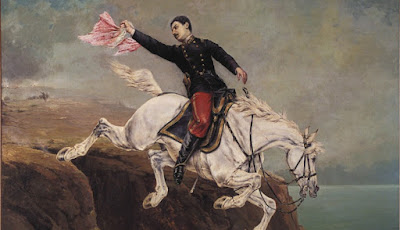
Alfonso Ugarte, who was in command of the eighth Peruvian division, also remained in history after jumping down a cliff with the Peruvian flag to prevent it being taken by the enemies.
The battle had serious consequences for the country. There were 700 dead and more than 1,000 wounded, taken as prisoners.
 |
| Bolognesi Square |
Based on this event, June 7 of every year was instituted as Flag Day to remember the effort and heroism of Peruvians, despite the adversity that had to face and which was part of the enemy and the own Government of the time.
In this day, the public, private institutions, schools and others choose to flutter the flag of the country, authorities also hold an official ceremony at Bolognesi Square.
Synopsis:
The Andean mountain range is immersed in eternal winter; the children are disappearing and not even the scissor dancers or their spirits can seem to stop it. Yaku, a scissor dancer´s apprentice, will be forced to travel to the Andean spiritual world to recover his younger brother. Meanwhile, his grandfather, the Danzak Arístides, will do whatever it takes to free the Amaru, the powerful spirit of the weather, before it falls in the wrong hands.
NUNA is a Peruvian animated movie produced by Ciela Prado and Carhuas, also script co-authors, based on the elements of myth and legends that surrounds the Peruvian highlands.
The movie in an early pre-production stage, is mainly financed by Origami Studio. It won a development award from the DAFO Peruvian Film Fund. Fonica Studio, a Lima’s sound post-production company, is also involved in the project.
“This would be the first time a Peruvian feature film uses a mostly 2D technique, which means an opening for this type of animation’s market,” Prado said to variety.com. One of the producers’ ambitions is to set up workshops in Peru to train 2D animators, since the country currently has a majority of 3D-specialists, she added.
Initially conceived as a short film, “Nuna” became a feature film production in 2013. Now, it forms part of a trans-media project, which could incorporate video games and apps.
There are great hopes for this movie due to the increase of Peruvian productions that are having the support and recognition that previously did not favour them. Furthermore, Peru is a country full of cultural diversity and rich in folklore.
Credits: Variety.com / Nuna-film



